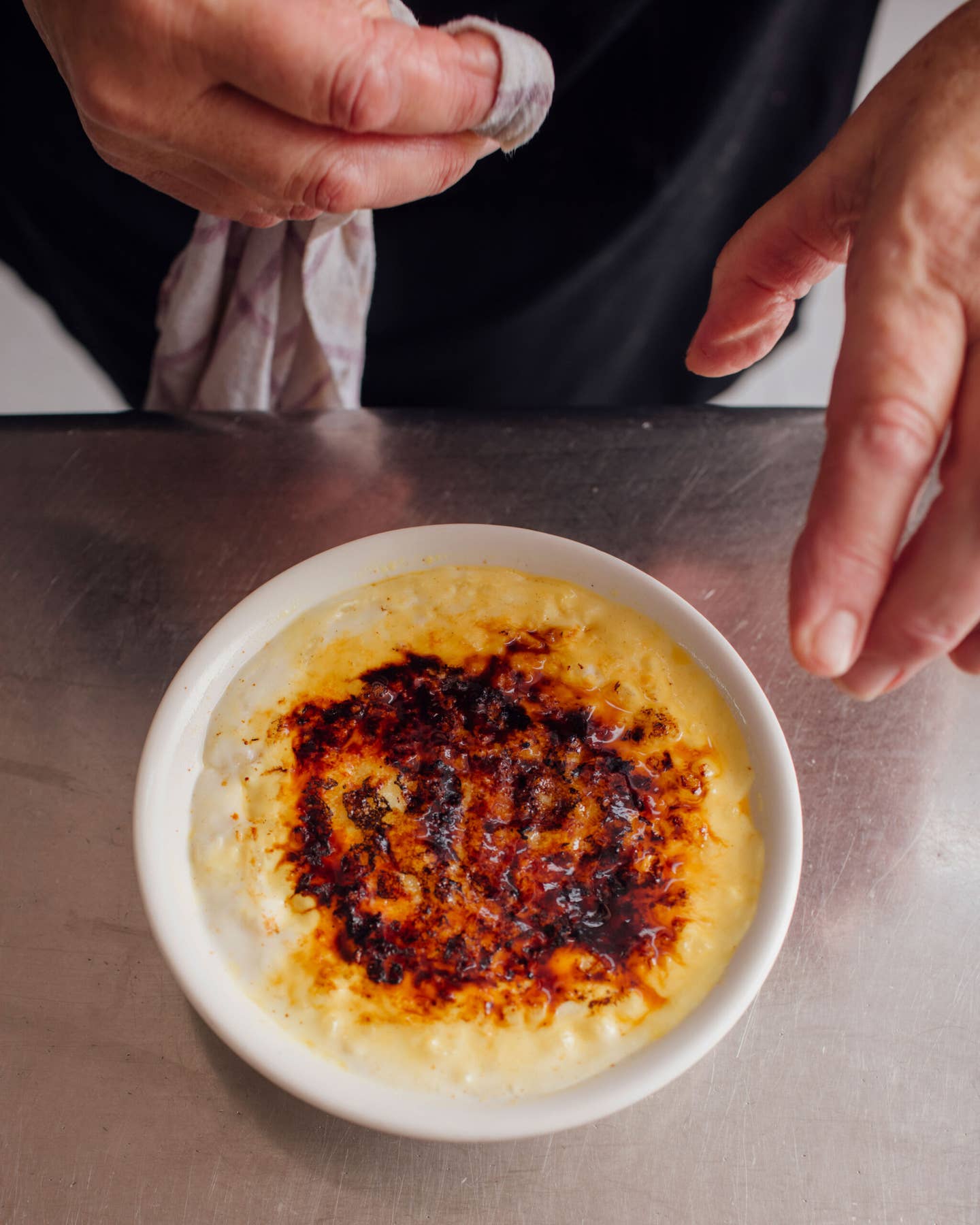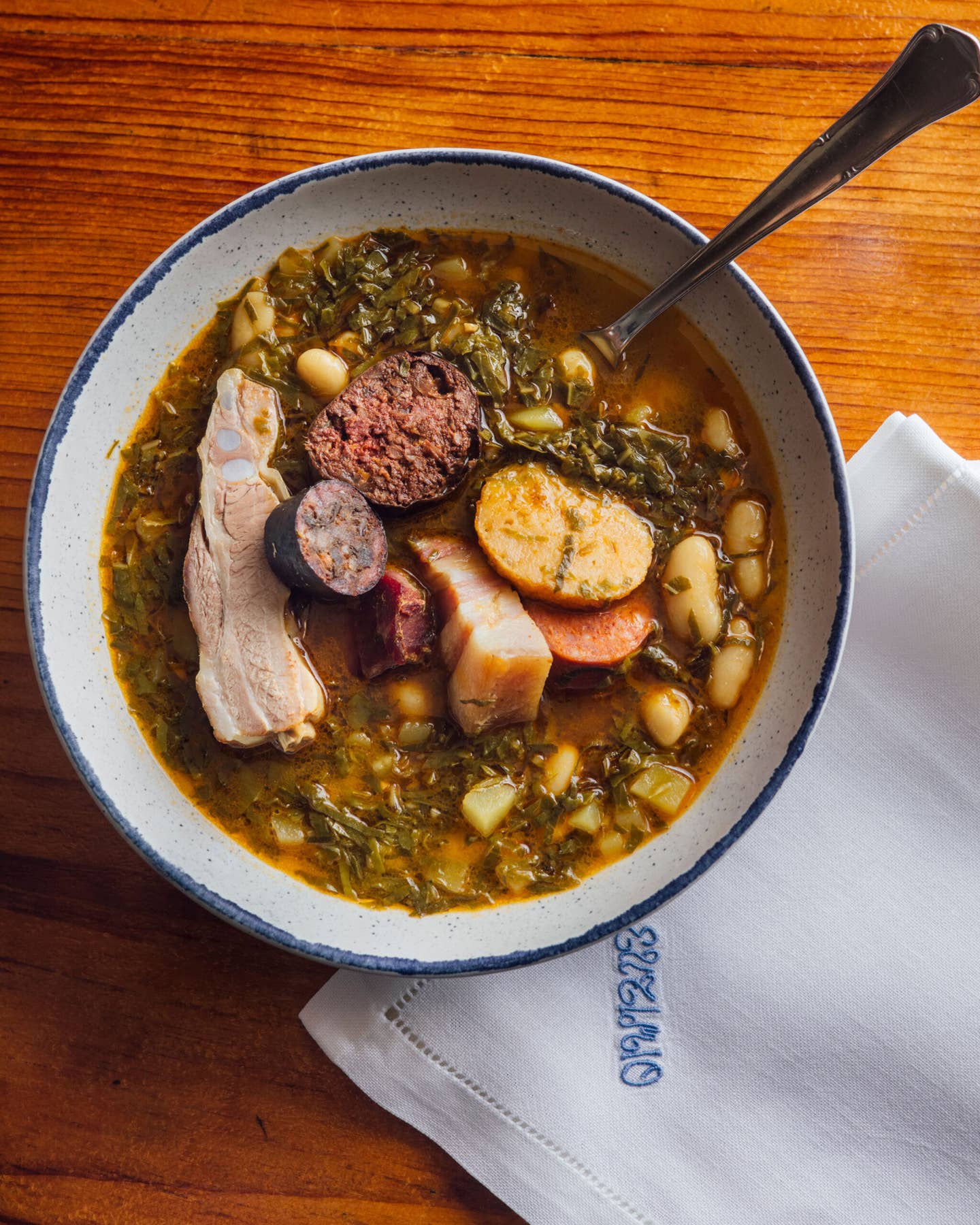Elvira Fernández García strides out to the vegetable patch, a basket beneath her arm, whereas a prepare rattles alongside the valley within the distance. She cuts a handful of collard leaves for pote de berzas, a mixed-meat, bean-and-vegetable stew that hinges on the Spanish number of this leafy inexperienced. Again in her kitchen, a number of massive stew pots bubble gently on the range.
Born and raised in Asturias, the plush area on Spain’s northern coast, Elvira, or “Viri,” runs a small restaurant in San Román, the place acres of farmland sit beside the river Nalón. El Llar de Viri, or Viri’s Fireplace, occupies the bottom ground of the home the place Elvira’s mother and father as soon as had their farmstead, grain mill, and butchery. Over the course of a quarter-century, collectively together with her daughter-in-law María José “Majo” Miranda, she has reworked the restaurant right into a sanctuary of conventional Asturian delicacies: stuffed cabbage; cornmeal fritters known as tortos; creamy arroz con leche; and fabada, the long-lasting pork and bean stew. Whereas most of modern-minded Spain has tended to disregard these powerfully flavored, calorific dishes, right here, no less than, they’ve stood the take a look at of time.
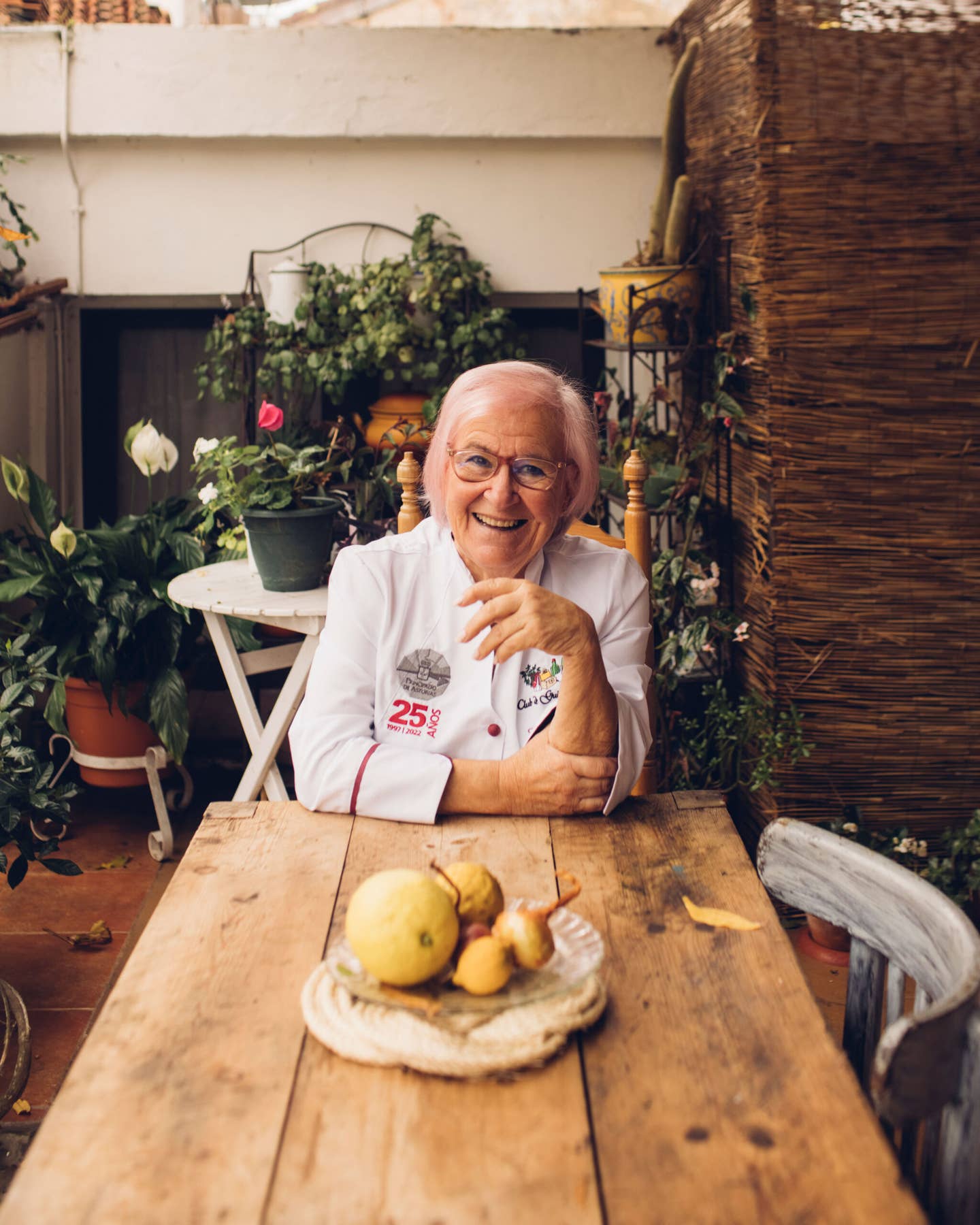

A very good-humored girl of small stature with cotton-candy-pink hair, Elvira is just not merely a restaurateur. She’s additionally a member of an unique socio-culinary circle of Asturian cooks: the guisanderas. Traditionally, a guisandera was a semi-professional prepare dinner, typically an impartial girl, widowed or single. She cooked in personal properties and is also tasked with catering weddings and different occasions. Earlier than the Spanish Civil Struggle, when communication between the deep valleys of Asturias was tough, the native guisandera—clever to natural potions and poultices—was additionally typically known as upon to take care of issues of well being. The time period eludes straightforward translation; “stew-maker” could also be as shut as English will get, however to a Spaniard, the verb “guisar,” from which the phrase derives, evokes comforting notions of long-simmered casseroles in cozy home kitchens.
It was this sort of cooking, and this sort of prepare dinner, that introduced me to Asturias within the first place. Whereas for 34 years I’ve lived elsewhere in Spain, I’ve lengthy felt the draw of a area that fosters its culinary heritage with a protecting sense of pleasure. For too lengthy, front-page Spanish meals tales have been paeans to the zeal of modernizing cooks wielding gels and foams over their global-inspired ssams and ceviches. The nation’s conventional cuisines, in the meantime, have lengthy been ignored—one thing the guisanderas hope to vary.
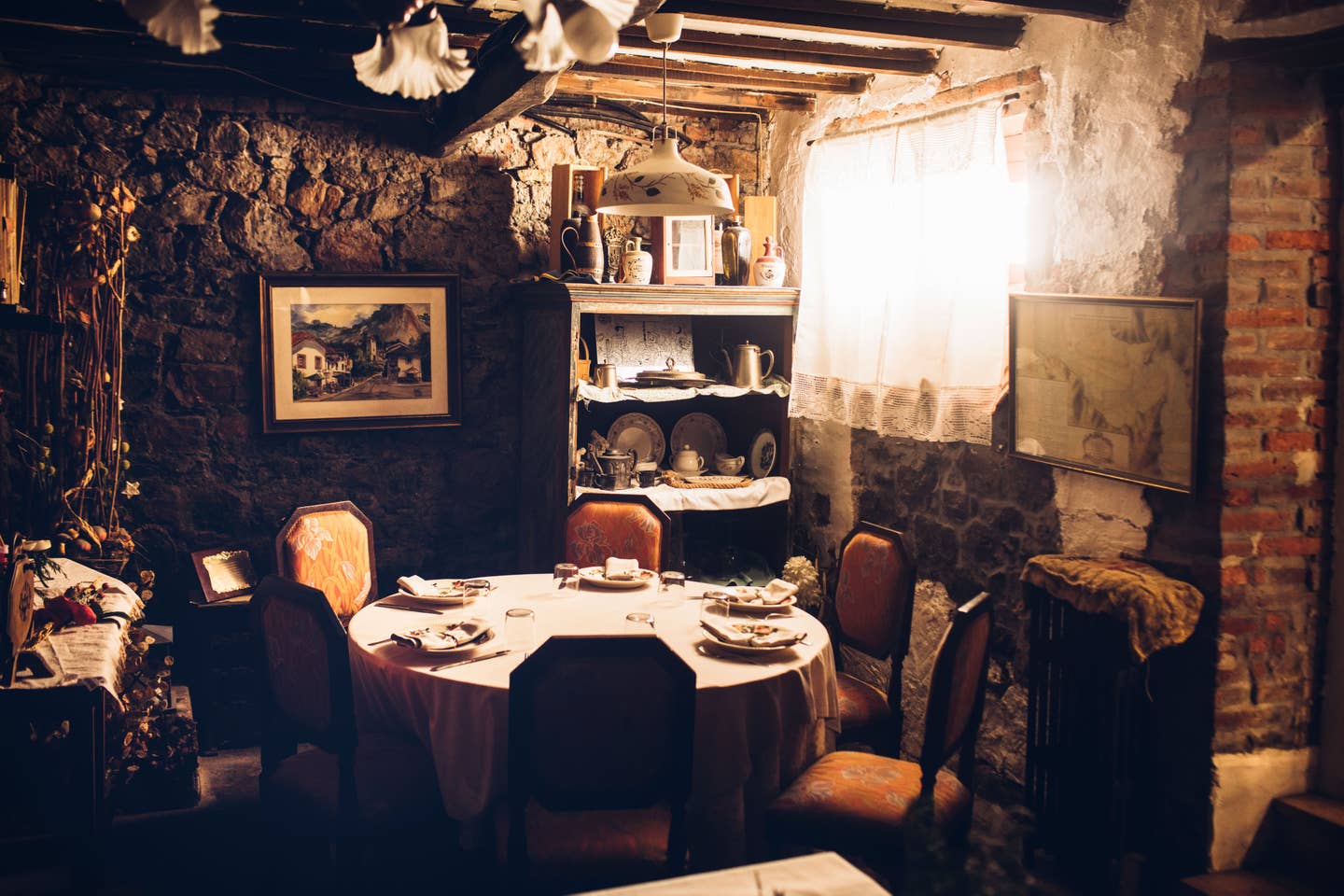

El Llar de Viri seems and appears like a rustic dwelling with its rabbit warren of nooks and crannies and its cheerfully mismatched furnishings and memorabilia cramming the partitions. Again within the kitchen, Elvira brings me up to the mark on the Membership de Guisanderas de Asturias, an affiliation based in 1997 with the mission of giving higher visibility to girls cooks whose vital position within the area’s restaurant scene had been insufficiently acknowledged. The membership meets month-to-month to debate recipes, provide recommendation, and debate the thorny query of additives to its 40-strong membership. Strict standards apply, Elvira tells me: Members should both personal or co-own their very own restaurant, and should have specialised in conventional Asturian cooking for no less than eight years.
On a desk by the doorway, I discover a cookbook, not too long ago printed in celebration of the membership’s twenty fifth anniversary. Its pages include a trove of conventional recipes: beef tongue casserole; an Asturian seafood stew known as caldereta; pig’s trotters simmered with fabes, the thumb-size native beans—every dish paired with {a photograph} of the proud chef who ready it. With the e-book as my information, I set off on a tour right into a meals tradition little recognized even to many Spaniards.
Opposite to assumptions, guisandera cooking doesn’t belong completely to the agricultural inside and isn’t solely meat based mostly. The path leads me from village to village and from the mountains to the coast, in what turns into a tantalizing blur of rib-sticking stews and substantial desserts.
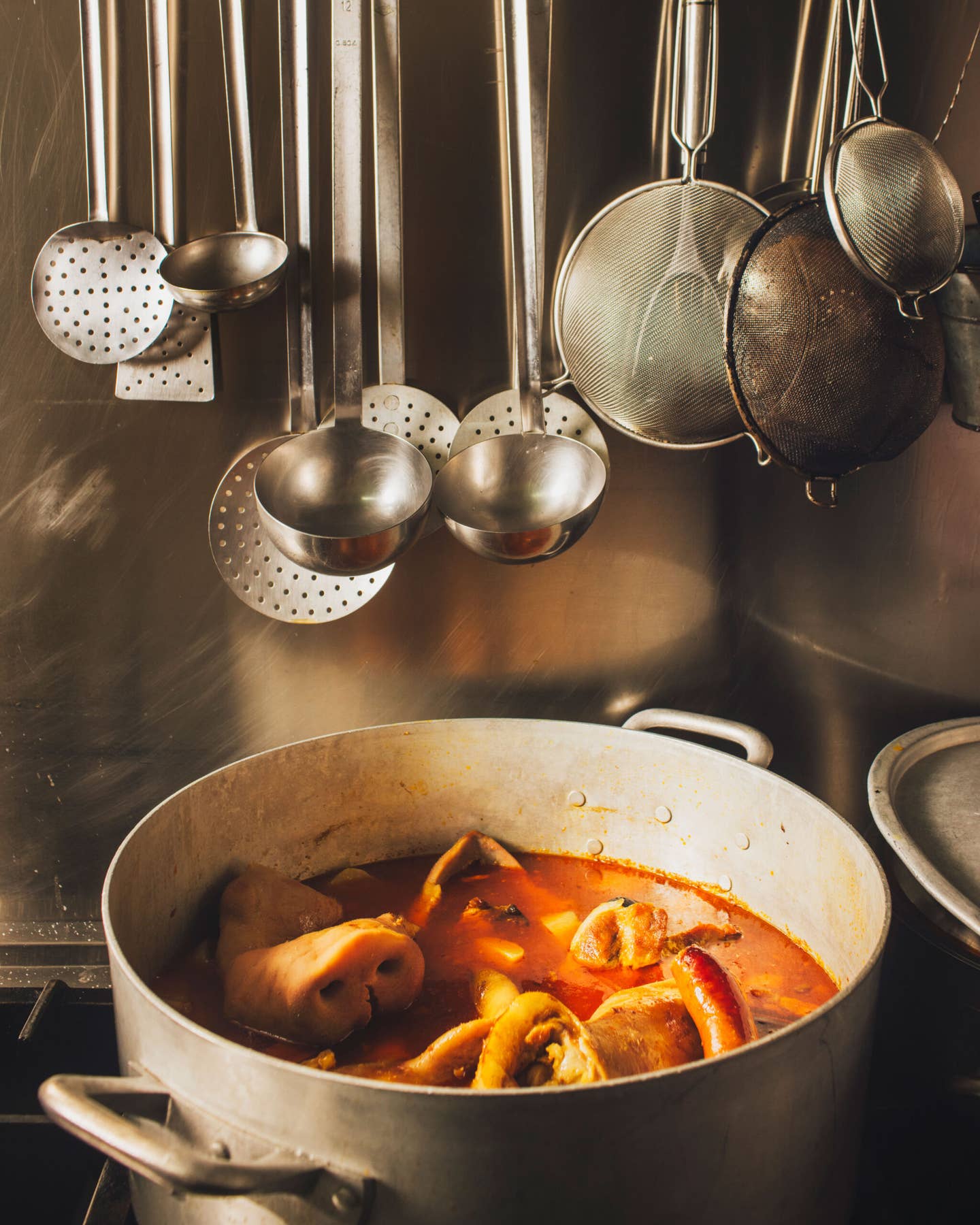

At Casa Eutimio in Llastres, a picturesque village caught like a limpet to the steep Asturian shoreline, I sit at a desk overlooking boats plying the metal blue Cantabrian Sea. María Busta Rosales, daughter of founders Eutimio Busta and Aida Rosales, serves me a plate of battered monkfish, pan-fried so gently that the fish retains all of its juicy freshness. The true guisandera is unafraid of simplicity. My essential course, a turbot that landed within the port of Llastres that afternoon, is completed with a easy sauce of vinegar and toasted garlic. It’s so completely cooked that I’m wondering if I’ve ever eaten a extra sensational piece of fish.
Behind Casa Eutimio, I discover a saga of household, group, and sheer laborious work. Aida, who, at 80, is probably the most senior member of the membership, comes from a farming household and discovered to prepare dinner as an adolescent, serving to out round the home of her brother, a priest. Since opening the restaurant in 1964, she and her husband Eutimio have hardly ever taken a time off from operating their restaurant, the boutique resort above it, and the anchovy conservera down within the basement. The pair additionally managed to deliver up seven kids, of whom María, 36, is the youngest. “If I’ve the capability for self-sacrifice,” she tells me, “it’s due to them.”
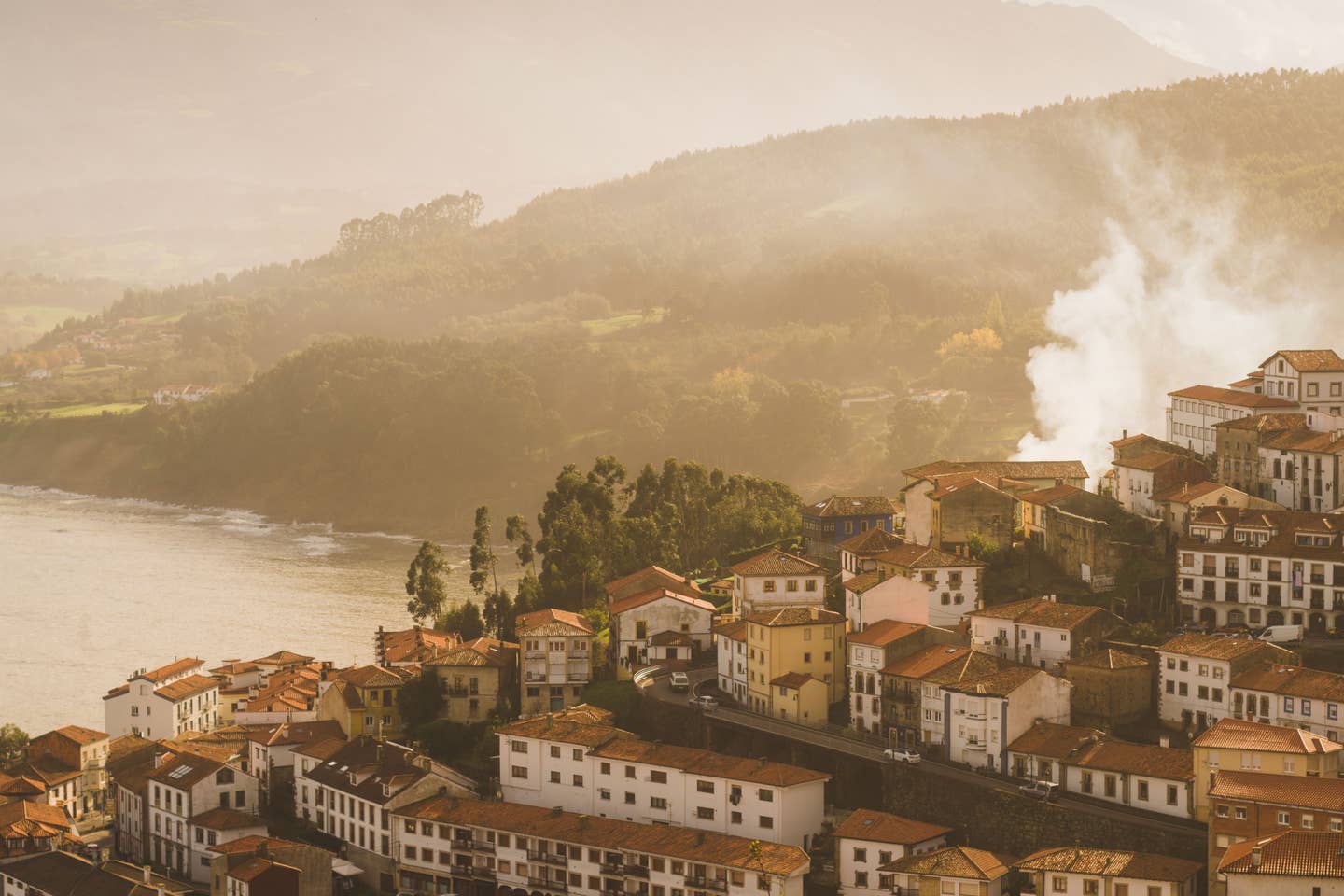

The guisanderas are a broad church, and every member has her personal story. Mom-daughter groups are comparatively frequent within the membership, as are mother-in-law-daughter-in-law combos. There’s no less than one occasion (at Casa Lula in Tineo) of three generations successively occupying the position. And whereas a few of these girls had been born into culinary dynasties, others have discovered on the job, together with María Antonia Fernández of Mesón El Centro, a self-taught prepare dinner who pieced collectively her tackle cocina marinera, or seafood cooking, via recipe books and her personal recollections of life within the small fishing city of Puerto de Vega.
Teresa Camacho had been working in a regulation workplace in Barcelona earlier than she took over Bar Camacho, a tiny one-story home within the mining city of Anieves. I fell laborious for her cebollas rellenas (stuffed onions) and beef tripe slow-cooked with cow’s ft, serrano ham, and pork loin—dishes her mom as soon as served to hungry staff from the close by cement manufacturing unit and coal mine. Teresa has sensibly maintained these platos de cuchara, or “spoon dishes,” that first introduced the punters to her household’s restaurant 40 years in the past. “Conventional cooking is simple,” she tells me with a smile and a shrug. “All you want are good uncooked supplies, which we’re fortunate sufficient to have round right here. That—and loads of time.”
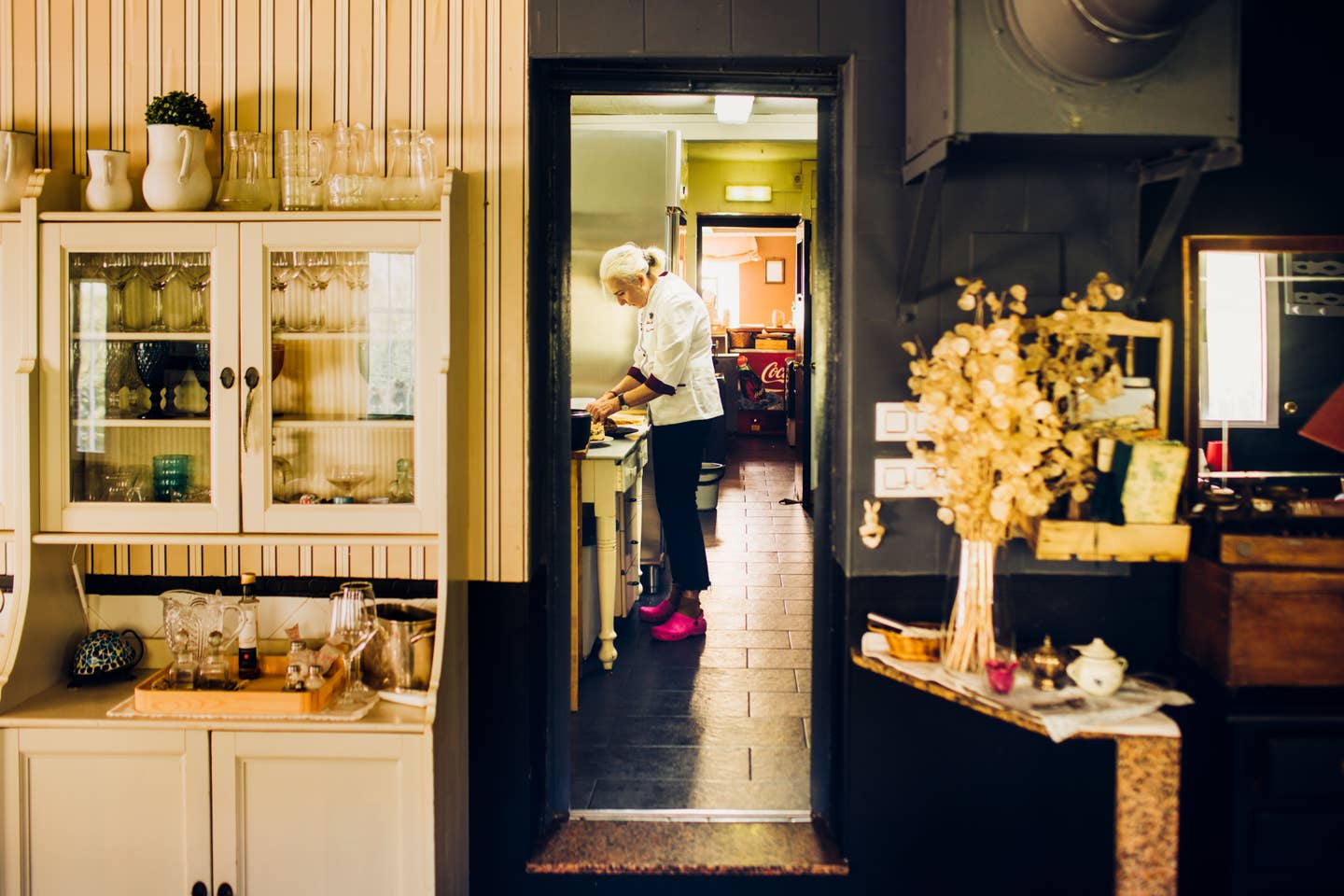

This can be a story about continuity, and but the determine of the guisandera continues to evolve. If, till not too long ago, most had been strict upholders of custom, the area’s newest wave is just not practically so hidebound. Take, for instance, Casa Chuchu in Turón: The restaurant, which opened as a neighborhood bar in 1931, seems from the road like an old-common cider home—considered one of a whole bunch discovered throughout Asturias. It seems to be one thing somewhat extra novel. At 3 p.m., the place is buzzing. The native crowd settles in for a Spanish lunch stretching lengthy into the afternoon. And Rafael Rodríguez, grandson of the unique homeowners, swings by the tables, dishing out pure wines, cult sherries, and new-wave ciders.
In the meantime, chef Natalia Menéndez, married to Rafael since 1996, delivers a menu that elegantly bridges the hole between custom and at this time. A salpicón de marisco, made with huge chunks of langoustine and monkfish, and an escabeche of roasted beets and anchovy precede unimpeachable Asturian classics: fabada, bonito-stuffed onions, and cream-filled pastry milhojas. “I discovered from my mom, who was a beautiful prepare dinner, that the bottom of custom ought to by no means be misplaced,” Natalia explains. “If one thing works, it doesn’t want fixing.”
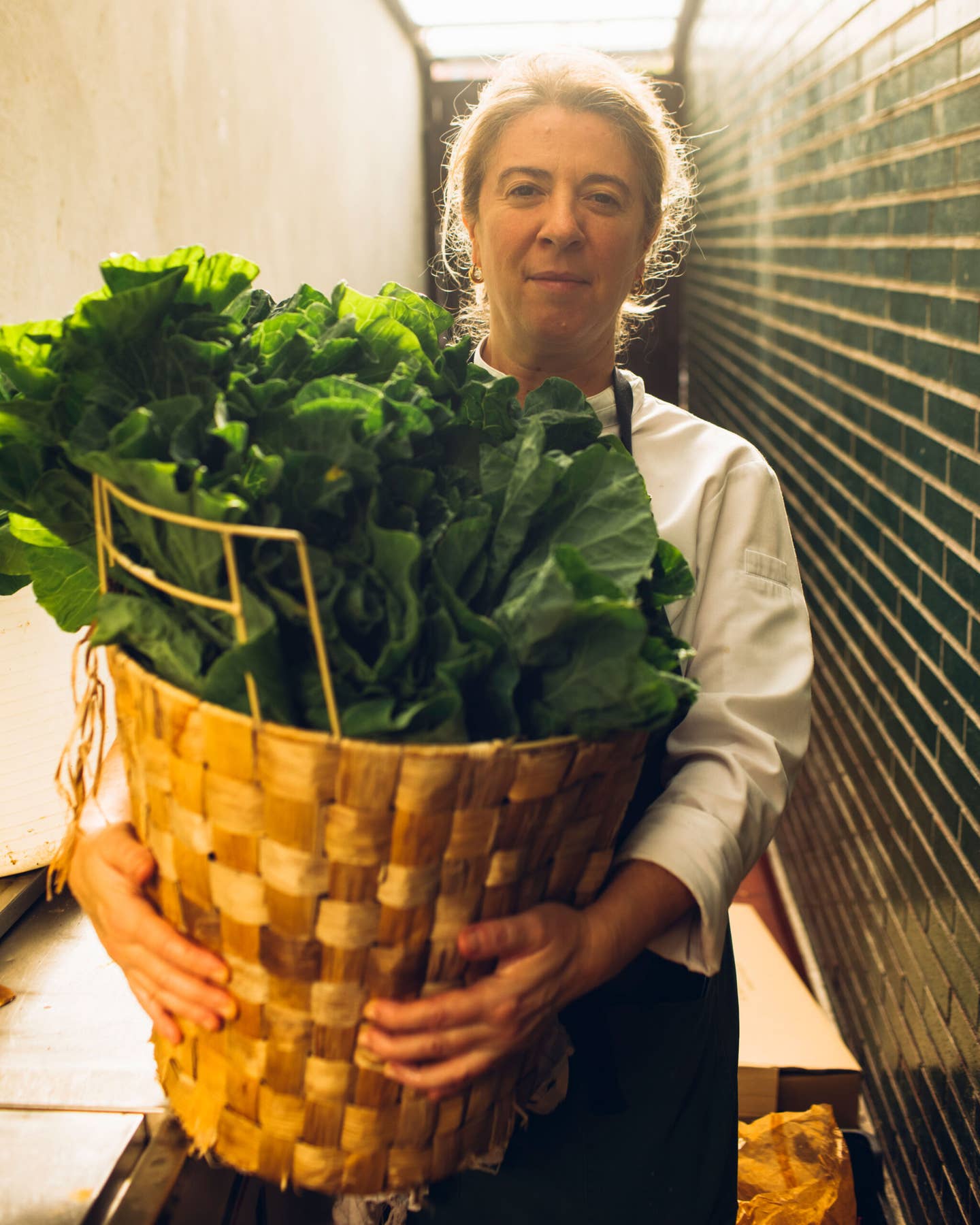

After three days of speaking and consuming within the down-home eating places of Asturias, I begin to notice that custom, whereas typically a straitjacket, can be a far looser-fitting garment. The essential repertoire of the guisanderas is seldom topic to the vicissitudes of culinary trend.
Simply ask Joaquina Rodríguez, whose legendary consuming home Casa Chema sits within the hills outdoors Oviedo, the Asturian capital. Joaquina started her profession at age 14 as an apprentice with Dorina García Valle at Casa Ovidio in Corvera. Dorina handed away in 2010 on the age of 84, after operating her restaurant for practically half a century. “She was my maestro,” Joaquina remembers, standing by my desk on my final day in Asturias. “Cooks these days are at all times making an attempt to do trendy riffs on our outdated issues.” Joaquina raises her arms to heaven within the Spanish gesture of exasperation. “However I ask: How are you going to make a fabada foam if you happen to can’t make a fabada?”
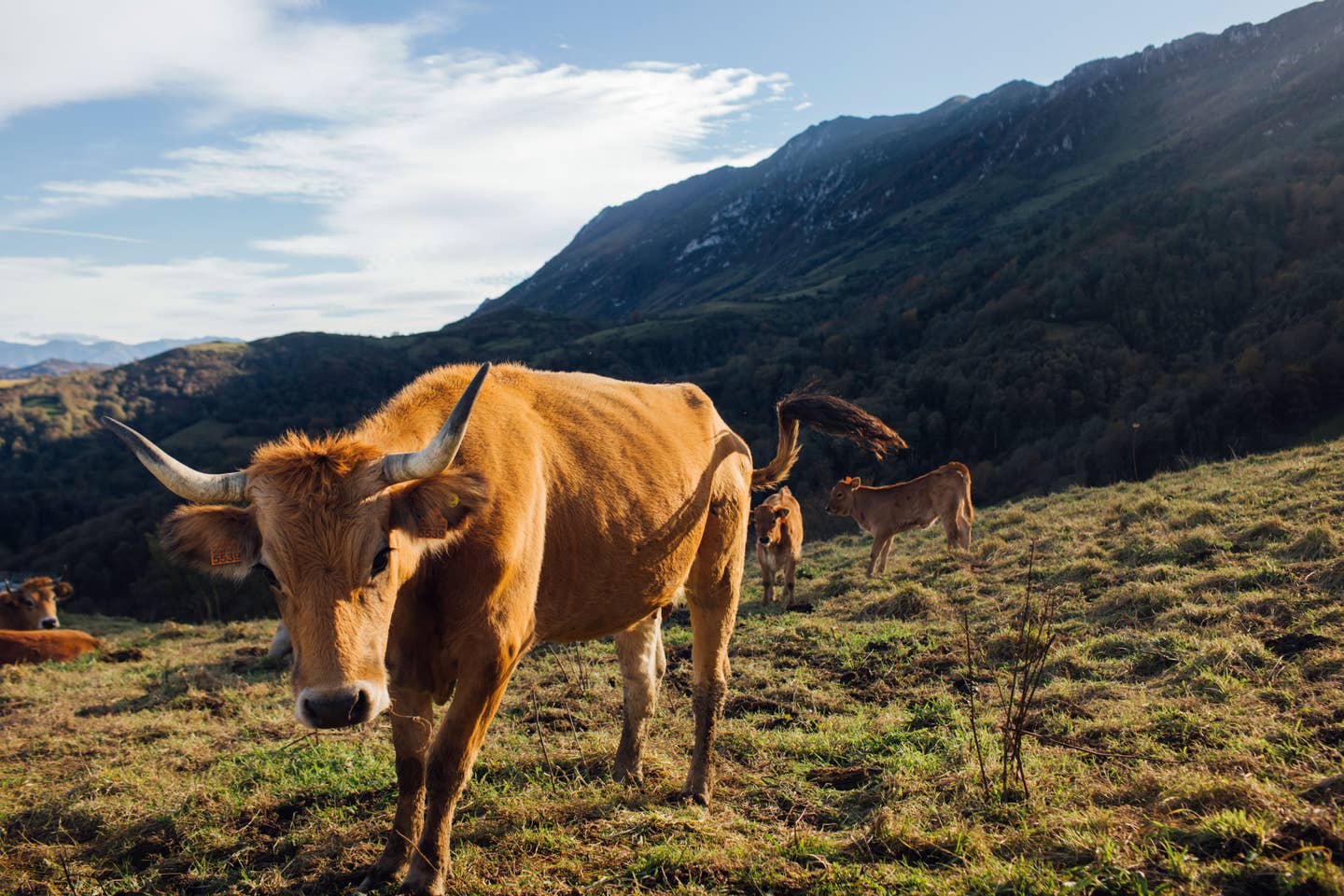

A cow moos within the discipline subsequent door; from town under comes the distant hum of visitors. I sit again in my chair and ponder Joaquina’s menu—a catalog of “outdated issues” akin to fabes with clams, rollo de bonito (tuna roulade) with home made tomato sauce, and a casserole of pitu de caleya—the Asturian time period for a rooster that has spent his life pecking alongside the nation paths. For years, the Spanish meals scene, dizzy with the thrill of spherification and deconstruction, has had little time for its personal honest-to-goodness regional fare. However greater than elaborate shows of ego-driven artistry, what native diners now crave is custom, simplicity, and respect for elements, which simply so occur to be the pillars of Asturian cooking. And so a brand new technology has begun to find the usually unassuming—however at all times recommendable—locations the place guisanderas like Joaquina, Aida, and Elvira are within the kitchen, standing guard over their effervescent pots.
